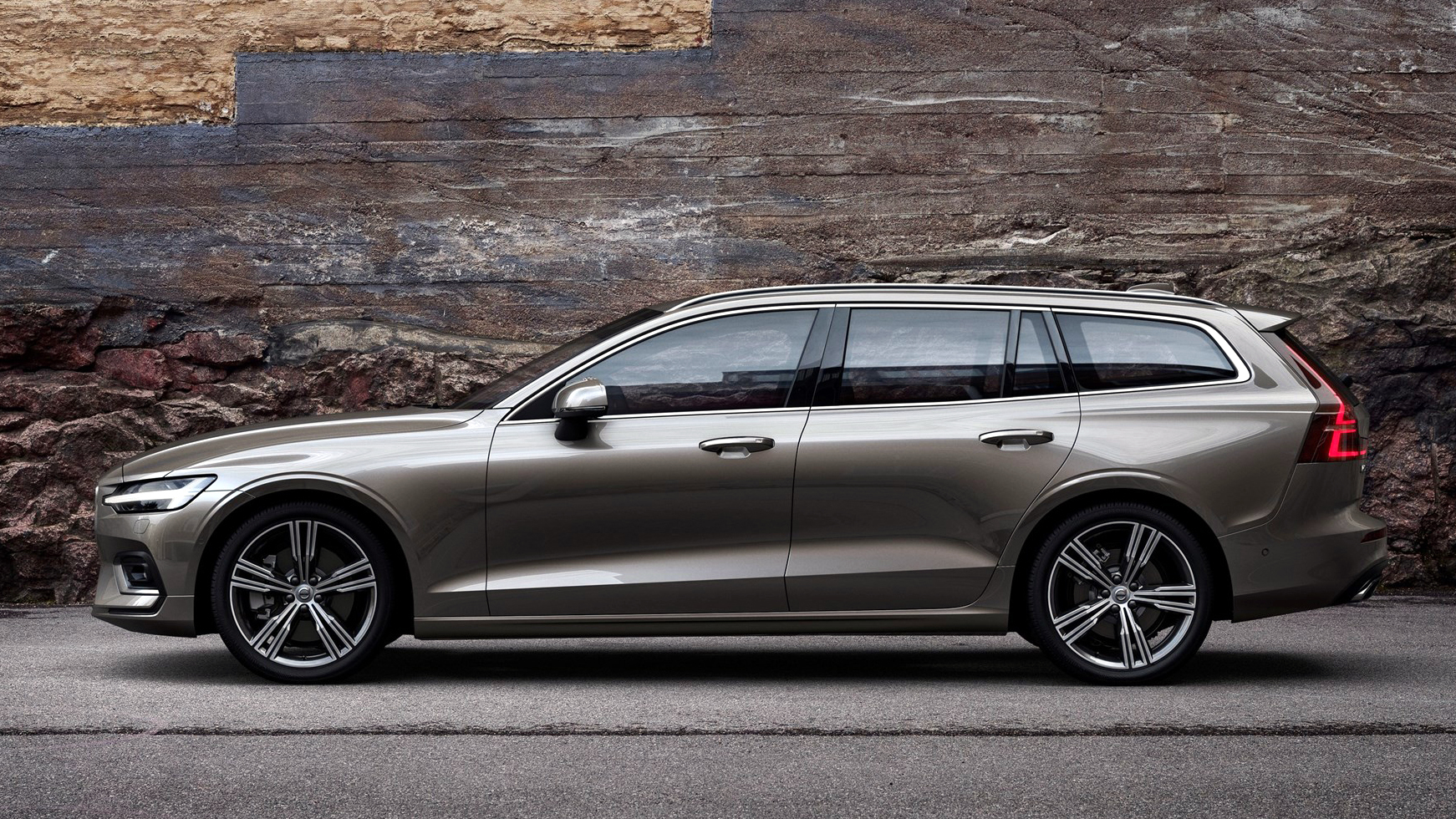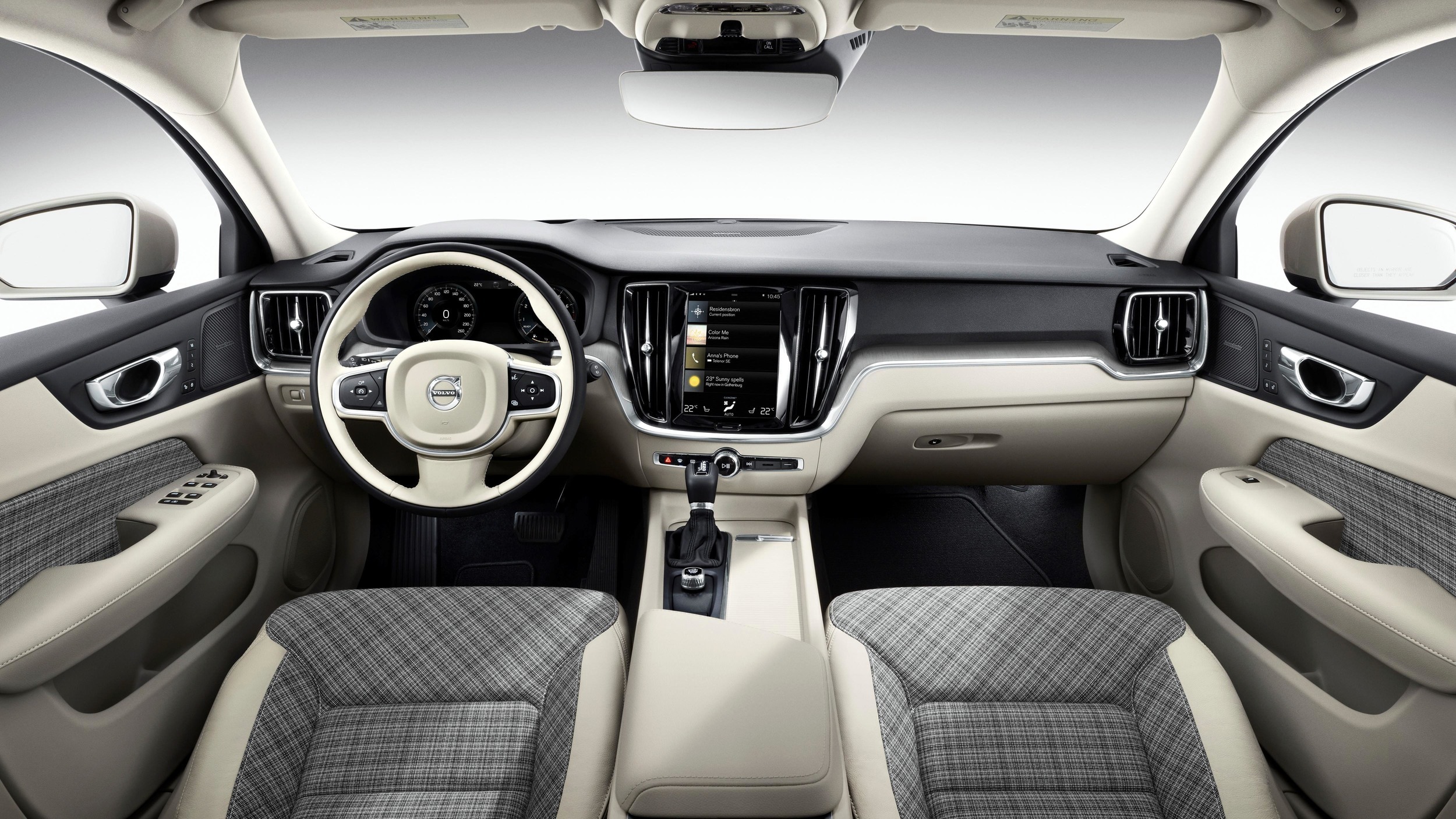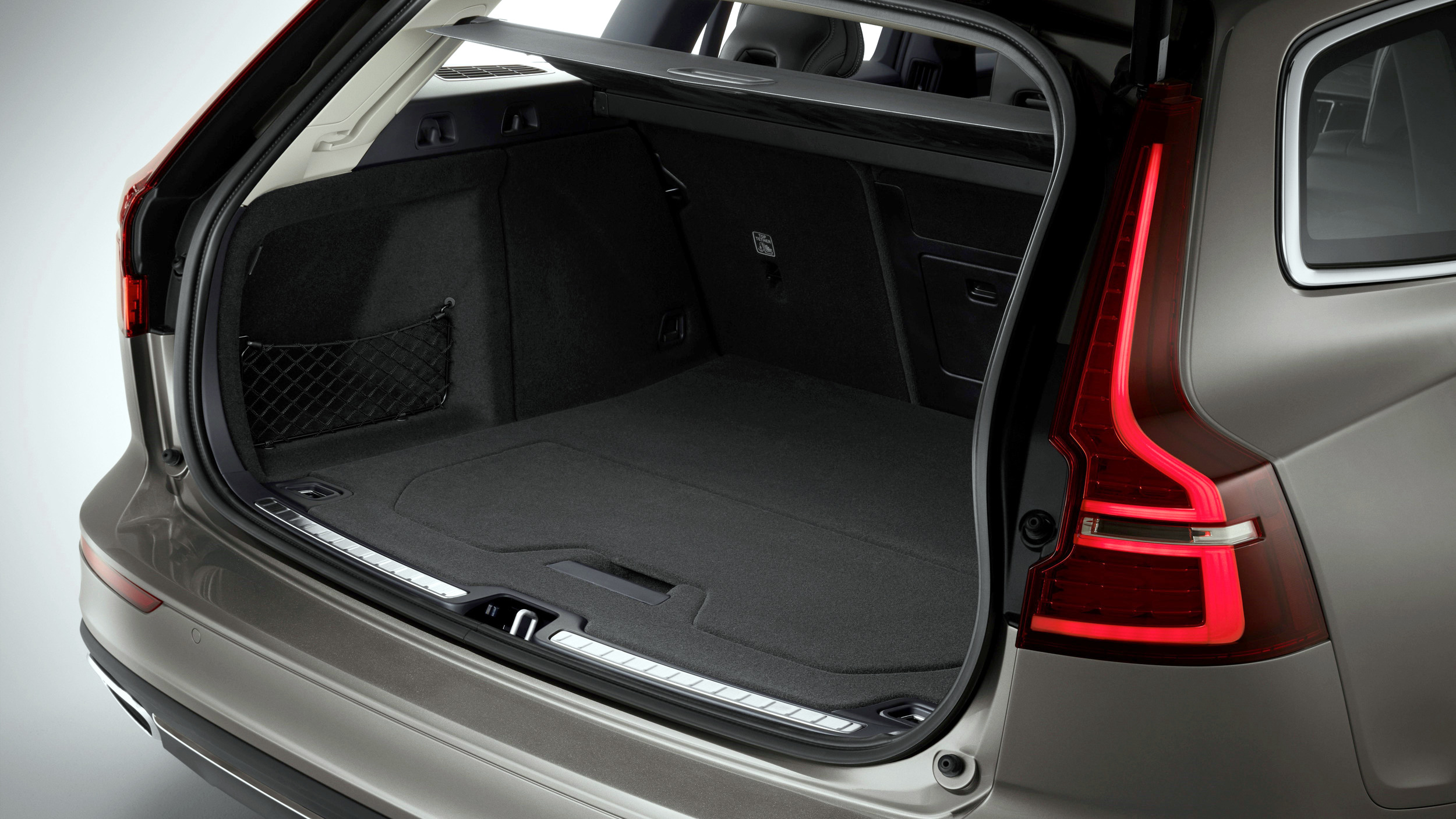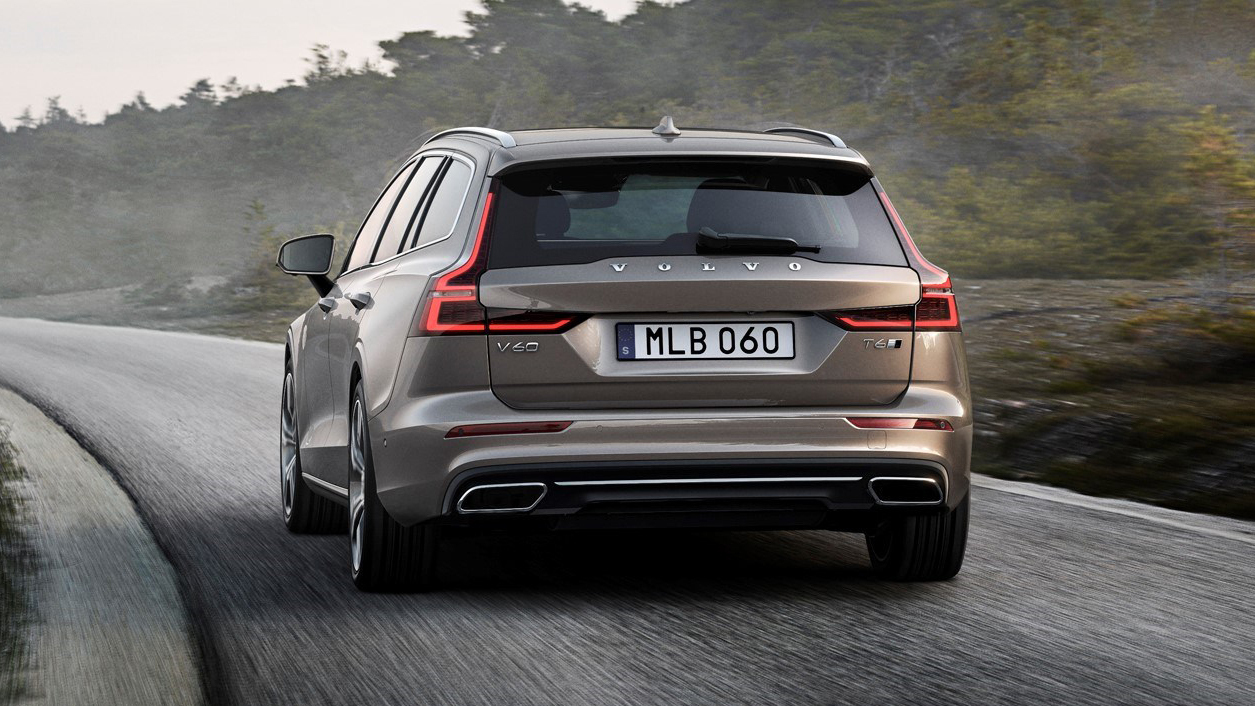Wagons Making Comeback, Volvo Plugs Them In
In the 1960s, station wagons were the choice of American families. Their sales were usurped in the mid-1970s by the minivan, which later gave way to the sport-utility vehicle. Today, crossover SUVs are at the top of the sales charts. However, Volvo never gave up on wagons.

In Europe wagons are called “estate” vehicles. Squared off, boxy Volvo wagons may not have been pretty, but they were safe. While they are still regarded as one of the safest vehicles to own, the boxy styling has been discarded by the Chinese-owned Swedish automaker, which has been on a roll over the past few years with a string of visually stunning vehicles.
Volvo’s renaissance continues with the unveiling to the automotive media of the all-new V60 last week in Sweden. The new 2019 Volvo V60 wagon carries over the theme set by the larger V90 wagon that debuted two years ago.
“The family estate driver is an important customer for our business and has been for generations,” said Håkan Samuelsson, president and CEO of Volvo Cars. “The new V60 honors that tradition, but also takes it much further.”
That “much further” includes two plug-in hybrid electric vehicle (PHEV) models, the latest driver assistance features and other safety technology.
Two PHEV Powertrains
There will be two V60 plug-in hybrid models offered, the T6 and T8. Both Twin Engine plug-ins essentially use the same powertrain: A 2.0-liter gasoline inline four-cylinder engine that is twin-charged—supercharged and turbocharged—powers the front wheels. An integrated starter generator (ISG) is sandwiched between the engines and an eight-speed automatic (the ISG charges the battery and cranks the engine during start-stop events). The engines are paired with a 65-kilowatt electric motor mounted to the rear axle to provide all-wheel drive.

In the T6 Twin Engine, the 2.0-liter makes 253 horsepower (hp) and 258 pounds-feet (lb.-st.)of torque. With the rear electric motor added, the overall system output is 340 hp and 435 lb.ft. Step up to the T8 and the four produces those ratings upped to 303 hp and 295 lb.-ft., with total output of 390 hp and 472 lb.-ft. Both models have the same electric-only range of up to 28 miles. Despite their different power outputs, both will make the 0-62 mph run in 4.8 seconds.

While that’s good news, the bad news is the T8 is not coming to the U.S., at least not for now. When it arrives, the V60 will launch with a buyers’ choice of a 250 horsepower 2.0-liter gasoline turbocharged T5 four-cylinder front-wheel drive or T6 plug-in hybrid. At least we can expect it to top the XC90 PHEV’s 62 MPGe (though fuel economy numbers have not been released and easily join Clean Fleet Report’s 30 MPG AWD Club.
New V60 Joins Volvo’s Latest Styling Direction
In profile, the new 2019 Volvo V60 looks much more sculpted and stylish than the wagon it replaces. Up front, the V60 borrows heavily from Volvo’s V90 wagon. The “Thor’s Hammer” LED lights proudly flank the grille and the T-shaped running lights look very similar to the ones on the larger wagon. But the V60 differentiates itself with larger, more pronounced lower intake openings. On the backside, Volvo’s traditional L-shaped tail lamps follow the shape of the rear D-pillar and then slice inward toward the center of the hatch.
The new model is based off Volvo’s Scalable Platform Architecture that underpins other models like the V90 and XC60 and XC90 crossovers. The most obvious difference between the V60 and big-brother V90 is in length. The V60 is almost 7 inches shorter than the V90, though the wheelbase length has only been reduced by 3.9 inches. Elsewhere, the V60 is only an inch or two smaller in both width and height.

Inside Like Other New Volvo Models Plus, Lots of Safety
The 2019 Volvo V60’s interior is visually identical to that of the XC60 crossover and 90-series cars, with a vertically oriented touchscreen in the center console, only a few buttons and knobs below it, a digital gauge cluster and the same lovely wood and aluminum inlays on the dash and doors. The Sensus infotainment system, which carries over unchanged, is fully compatible with Apple CarPlay and Android Auto and has a built-in 4G Wi-Fi hotspot.
Being a Volvo, the V60 comes with a number of safety and driver assistance systems, including lane departure warning and blind spot monitoring. Standard safety features include advanced driver support systems found in the 90-Series and XC60. The City Safety with Autobrake technology uses automatic braking and detection systems to assist the driver in avoiding potential collisions. Volvo says it is the only system on the market to recognize pedestrians, cyclists, and large animals.
The 2019 Volvo V60 also comes with the latest version of the company’s Pilot Assist semi-autonomous system that can now operate unassisted on “well-marked roads” at a maximum speed of 80 mph. It also will be equipped with Run-off Road Mitigation and Oncoming Lane Mitigation.
Official pricing will be announced at a later date. Following its official reveal in Sweden last week, the V60 will greet the public at the Geneva Motor Show on March 8.
Related Stories You Might Enjoy: Other Volvos; Other Wagons
News: Volvo Cars Joins the Electric Parade
Road Test: 2016 Volvo XC90 PHEV
Road Test: 2017 Volkswagen Golf SportWagen
Road Test: 2017 Volkswagen Alltrack
Flash Drive: 2017 Tesla Model X
Road Test: 2018 Subaru Outback
Road Test: 2016 BMW 328d xDrive Sports Wagon

9 thoughts on “News: 2019 Volvo V60 Wagon Will Have Two PHEVs, One For U.S.”